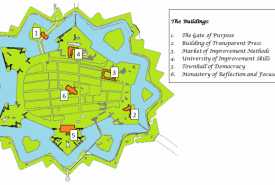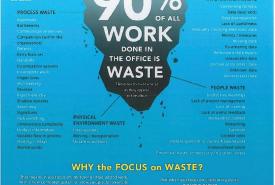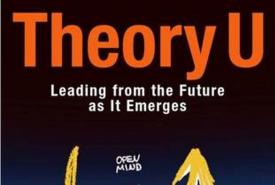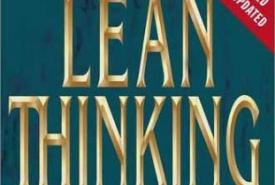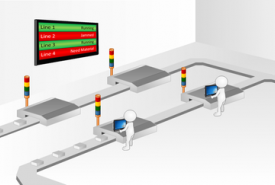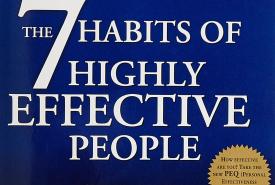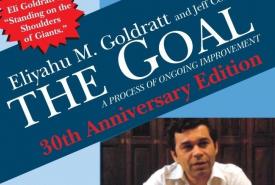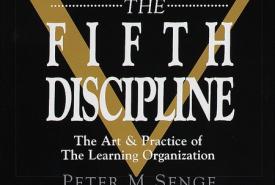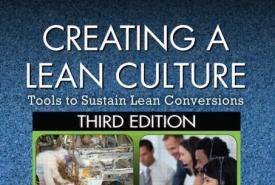Kaizen - M. Imai (summary)
In Kaizen, Masaaki Imai (1986) describes the key to the Japanese success to competitive production. Kaizen is defined as the philosophy behind this success, where the term kaizen is used in the same way as the term Lean in other literature about Japanese manufacturing success. Imai´s message to the western companies is as follows: “Do it better, improve it – even when it is not broken, cause if you don´t, you won´t be able to compete with organizations that do.”
In this book, Imai describes 16 management practices, including management tasks, suggestion systems, policy deployment and quality control, subdivided in seven chapters. This article will describe the one management practice from each of these seven chapters that I personally found most appealing.

